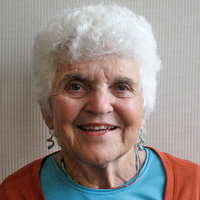In San Francisco, we lean left so separation of church and state is a given -- most of the time. The first amendment of the U.S. Constitution mandates this separation in a single sentence. If religious symbols are placed in public space, contentious legal battles ensue.
Yet San Francisco has a cement cross quietly perched on very public land. Off the main road in Golden Gate Park, a sign reads, "Prayer Book Cross" and points to a hillside path. On top sits a sandstone cross about the height of a three story building. This cross was a gift from the Church of England and occupies the highest point in the park. Thick trees conceal the evidence.
Golden Gate Park was created in 1874 and the Prayer Book Cross arrived more than two decades later to be placed on public land. The cross commemorates Sir Francis Drake's landing on Marin shores. Historically the cross is a winner, but is it legal?
Many of us remember litigation around the large cement cross atop Mt. Davidson, the highest point in San Francisco. Erected in 1934, the cross overlooks an annual Easter service. Yet, 60 years elapsed before the ACLU and others sued the city. When the judicial dust settled, San Francisco privatized the cross and some land with a sale to an Armenian church group.
A veterans' group erected a cross on federal land in the Mojave Desert. In 2002, a complex lawsuit ensued with byzantine judicial twists that even involved Congress. Eventually the Supreme Court sanctioned a land swap which placed the cross on private land.
